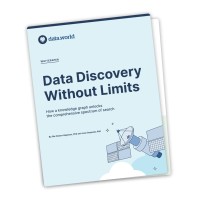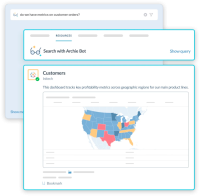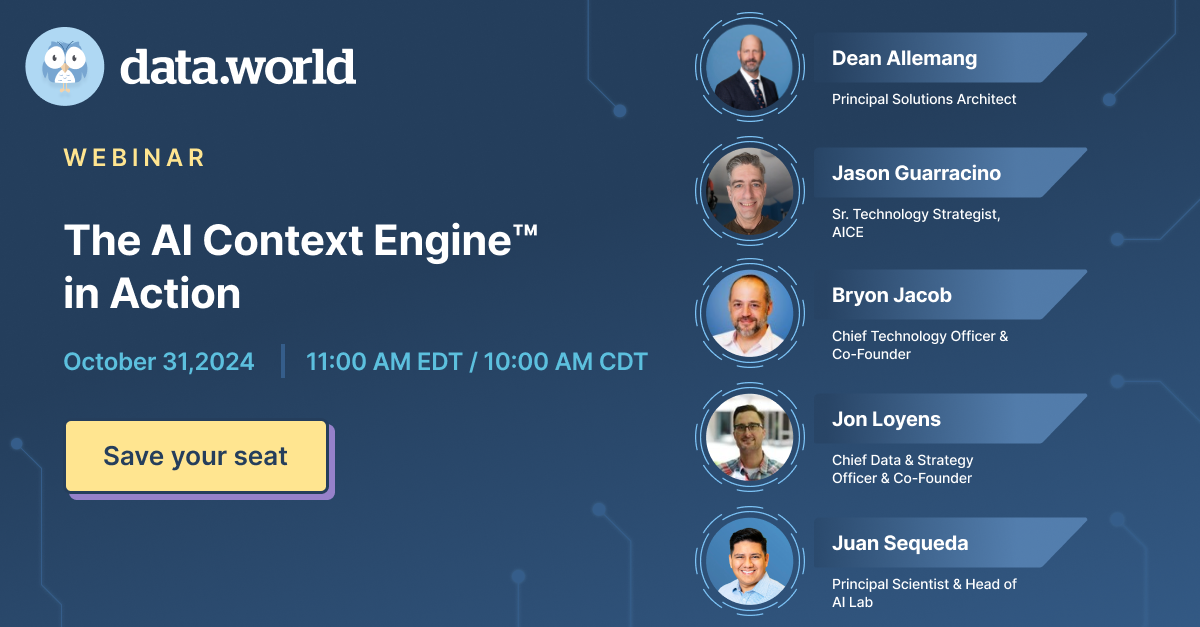Anyone who has worked in an enterprise organization can tell you: change is hard. Especially when it comes to shifting away from fully entrenched principles and processes like traditional top-down governance – even if it’s not working.
So how do you convince data leaders and other key stakeholders that the only way to achieve a data-driven culture is by switching to Agile Data Governance?
Step 1: Take Stock of Your Current Data Governance Program
One way to facilitate the conversation is to get real about the state of your data governance program today. Here are a few questions you can ask that will bring attention to common challenges Agile Data Governance helps you overcome:
- Have we defined roles for data consumers, enablers and producers in the company?
- Do our data teams collaborate on and create reusable data assets to answer business questions?
- Do our governance tools and processes give us real and real-time visibility into the use and value of our data?
- Have we observed a decrease in our costs and an increase in our revenue as a result of our team collaborating over data assets?
- Has the use of data assets actually increased? Is it increasing or can we measure it at all?
If you’ve answered no to any of these, the next step is to delve into why not. Most likely it’s because your current strategy doesn’t account for all four pillars of a successful governance program: culture, collaboration, technology, and financial impact.
Step 2: Establishing an Executive Sponsor and Governance Committee
As we mentioned in our post, “Why Top-Down Data Governance is Failing,”
the reason many traditional data governance programs fail is because organizations adopt a top-down or “waterfall” structure, within which all decisions are made by a small group of individuals.
The alternative — opening up some traditionally restricted governance functions to a broader audience — helps you gain a better understanding of who, what, why, and where data is used, enabling more informed decision making. It also sends a signal of inclusivity to the organization, which can help achieve further buy-in, and instill confidence that your governance program is representative of all user groups.
Step 3: Aligning on Principles
The first job of your governance committee is to align on and document the principles that will guide your Agile Data Governance program. Think of these principles as your North Star, informing all data decisions made in the enterprise.
When selecting principles, consider the specific goals you want your program to achieve – strategic, tactical, and operational – and develop a framework that sets you up for success. Do you want to increase the value of data work? Improve collaboration and communication? Drive operational efficiency? Create a culture of data use and re-use?
By aligning around these principles, you enabled every one of your employees – not just IT – to understand, respect, protect, and accelerate the use of customer data while providing appropriate guardrails.
Remember, Agile Data Governance is based on the idea that governance is iterative and principles can be improved upon over time. So don’t spend months aligning on policy before kicking off your first use case – just get started.
Don’t spend months aligning on policy before kicking off your first use case – just get started.
Step 4: Identifying Stewardship and Ownership
One of the pitfalls of traditional governance is the belief that all data assets must be managed entirely by a centralized group of data stewards. In enterprises with thousands if not millions of datasets, this is not sustainable. Stewards, many of whom take on this responsibility in addition to their day-to-day roles, are quickly overwhelmed and there is a natural inclination to shut down access rather than fight a losing battle.
Adding roles like data product managers and knowledge scientists makes governance easier, and helps to ease the burden on data stewards. These professionals act as scrum masters or product owners would if they were developing software, but with data assets.
According to Gartner:
Effective data management and governance are people-driven practices. They require consistent and high-quality interaction between a variety of roles, and these roles have grown more diverse and distributed over time. Maintaining communication and collaboration is even more critical in the current conditions, creating an opportunity for data and analytics teams to add value by furthering the adoption of new types of tools and approaches.
How to implement Agile Data Governance in your organization
The Agile Data Governance Playbook covers everything you need to know to get started, including:
- Tips for achieving buy-in for cultural change
- Why you need a governance committee and how to select an executive sponsor
- Advice on selecting the principles that will act as your governance north star
- How to identify and assign data stewards and ownership
- Guidance on running your first Agile Data Governance sprint and prioritizing use cases
Download it now to learn how to implement Agile Data Governance in your organization.




